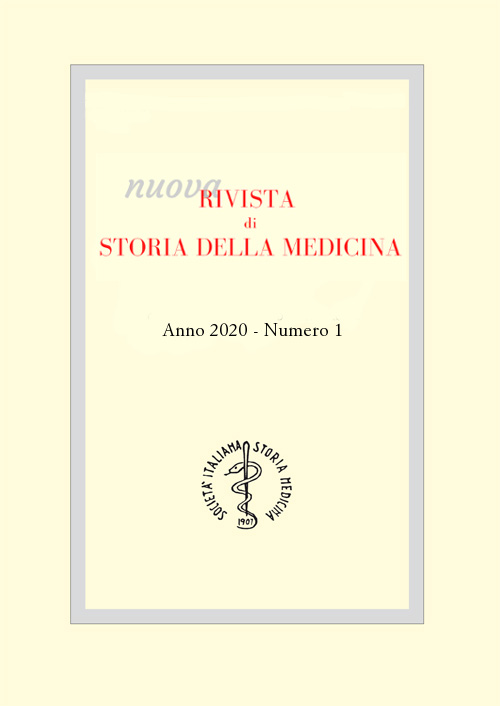Forme di comunicazione in sanità rurale in Sardegna:
l’uso dei filmati nelle campagne di prevenzione per echinococcosi e anchilostomiasi nella seconda metà del Novecento
DOI:
https://doi.org/10.13135/2724-4954/5340Abstract
Tra le principali malattie parassitarie che interessano il cane e colpiscono l’uomo ci sono quelle trasmesse da elminti, in particolare cestodi. La contaminazione ambientale e la mancata applicazione di semplici norme igieniche ne amplificano la trasmissione. L’echinococcosi (endemica in America Latina, Africa sub-Sahariana, Mongolia, Repubblica Popolare Cinese, Asia del sud e sud Est e Australia, e in tutte le regioni, dove, come in Sardegna, è fiorente la pastorizia) è considerata oggi come la zoonosi più importante della Regione Mediterranea. L’anchilostomiasi, patologia causata da un nematode, un tempo considerata patologia esclusiva di minatori, fornaciari, lavoratori della terra, è una parassitosi presente per lo più in aree del mondo dove la scarsità di adeguati presidi igienici e il clima caldo umido ne facilitano la diffusione; l’uomo malato trasmette con le feci le uova del parassita nell’ambiente, diventando contagioso per i propri simili. Mentre l’anchilostomiasi è ormai limitata ad aree del mondo depresse e a un’area circoscritta del territorio nazionale, l’echinococcosi pur in calo, è ancora presente in modo significativo soprattutto in Sardegna, nonostante le campagne di prevenzione e le innumerevoli risorse stanziate, economiche e umane. In questo lavoro si esamina l’utilizzo dei filmati prodotti e diffusi per informazione e prevenzione da ENPI, INAIL e Università degli Studi di Cagliari nella seconda metà del Novecento, alla luce di due inchieste territoriali condotte da Università di Cagliari e Istituto Zooprofilattico Sperimentale della Sardegna.



